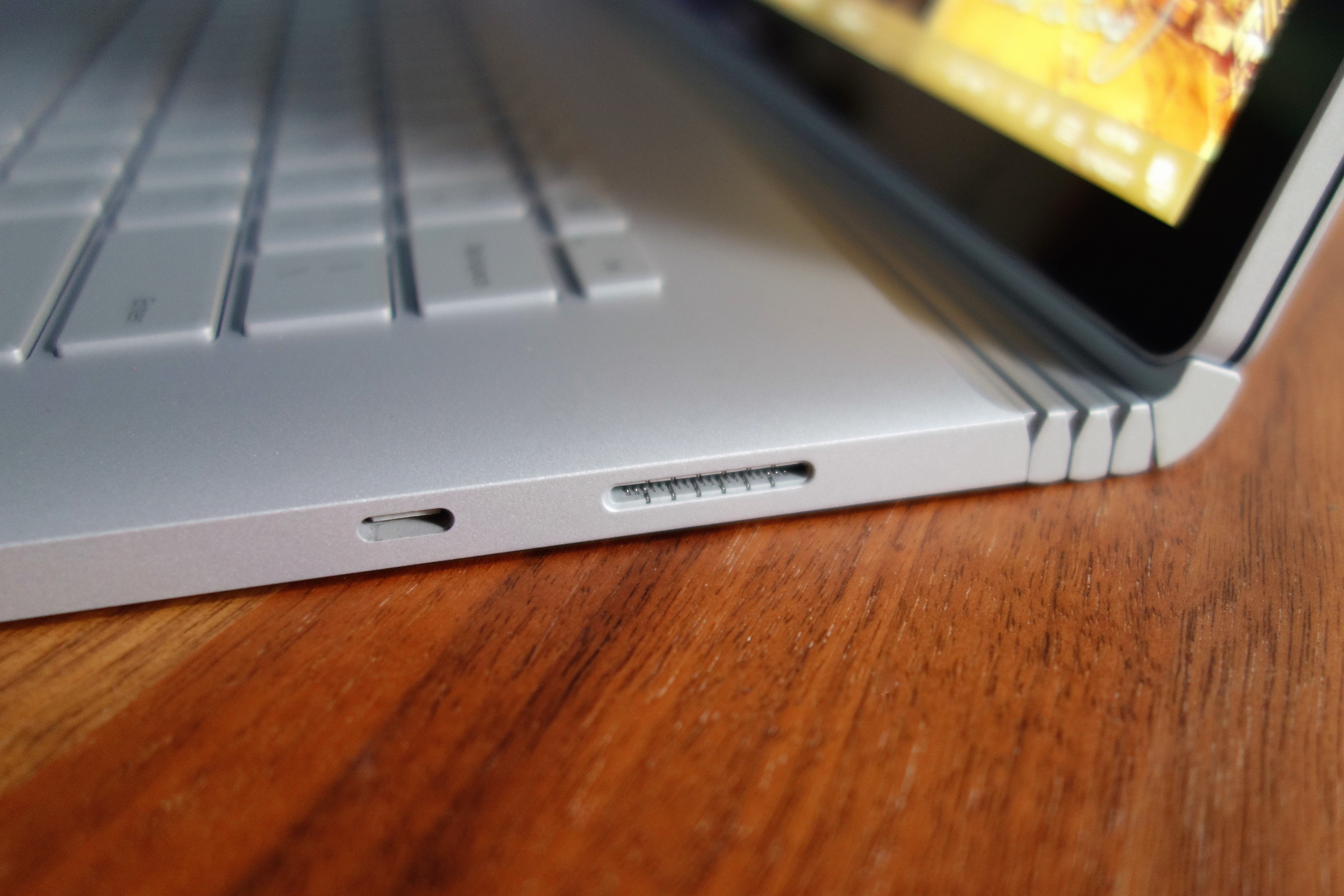

Select the Multiple displays tile on the Display settings pane to expand it. For example, click Privacy & Security in Windows Settings, then on the right pane, and select the Display tile to expand it. Windows Settings pane should look similar to the image below. To get to System Settings, you can use the Windows key + I shortcut or click on Start => Settings, as shown in the image below:Īlternatively, you can use the search box on the taskbar and search for Settings. From system configurations to creating new users and updating Windows, all can be done from the System Settings pane.

Windows 11 has a centralized location for the majority of its settings. Connect to a wireless display from the Settings app in Windows 11Īnother way to connect to a wireless display is using the Settings app in Windows 11. You should then be able to connect to the devices listed. You’ll see available devices on the list you can connect to. If you can’t use the keyboard shortcuts, then on the right side of the taskbar, select the Network icon > Cast, then select your display or wireless adapter. Next, press the Windows Key + K or Windows Key + A to open Quick Settings. On your Windows PC, make sure Wi-Fi is turned on. If you’re using a Miracast dongle or adapter, make sure it’s plugged into the display. How to connect to external TV with a wireless display in Windows 11Īs mentioned above, Windows allows users to connect wirelessly to a TV, projector, another PC, and any device that supports Windows display.įirst, turn on your TV, projector, or the device you want to display your content. The steps below will show you how to use the wireless display in Windows 11. Other modes include Gaming and Watching videos. By default, all connections start in Working mode. There are multiple modes available once the connection is established. This is an easy way to display content on larger TVs from a Windows PC. Once the connection is established, you can share and extend content on your Windows PC to external displays, including your TV, projector, another PC, or any device that supports Windows display.

For example, WiGig will let you connect with a WiGig dock. When using Miracast or another supported technology, you can wirelessly connect your Windows PC to a TV, projector, another PC, or external display that supports Miracast. Windows supports multiple technologies that allow users to connect to a wireless display, including Miracast and WiGig. This post shows students and new users steps to connect to a wireless display in Windows 11.


 0 kommentar(er)
0 kommentar(er)
